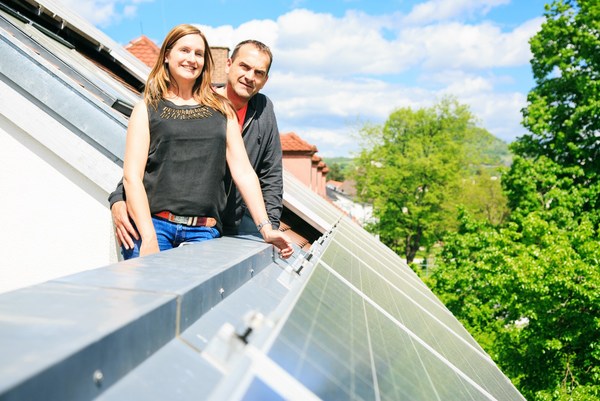In the quest for cleaner and more affordable energy solutions, community solar energy programs are shining a light on significant savings and sustainable energy use for consumers across various regions. These programs offer an innovative way for households and businesses to benefit from solar power without having to install solar panels on their own property. This article will explore how community solar works, the benefits it offers, and the potential cost savings for participants.
What is Community Solar?
Community solar refers to a solar power plant whose electricity is shared by more than one household. Instead of mounting solar panels on individual roofs, a large solar project is set up in a suitable location, and multiple people can subscribe to the energy produced. These subscribers can be homeowners, renters, or businesses that may not have suitable roofs for solar panels or prefer not to invest in solar panel installations.
The idea is simple: build a single, large solar array in a location that gets plenty of sunlight, and let multiple consumers draw electricity from it. This shared model makes it possible for more people to take advantage of solar power, especially those who live in apartments, shaded areas, or have roofs that are unsuitable for solar installations.
Cost Savings
One of the main attractions of community solar is its potential to save money on electricity bills. When you join a community solar program, you typically pay a subscription fee, which can be less than your current utility rate. The electricity generated by the solar project offsets your normal utility bill, and you pay the solar provider instead—at a lower rate.
For example, if the solar array produces more energy than you use, the excess energy is sent back to the grid, and you can earn credits on your electricity bill. This process, known as net metering, allows community solar subscribers to save money even when they’re not using electricity directly from the solar array.
Benefits Beyond Cost Savings
Community solar doesn’t just lower electricity costs—it also offers several other benefits:
- Environmental Impact: By participating in a community solar program, you are directly contributing to the reduction of greenhouse gas emissions. This shift to cleaner energy sources is crucial in battling climate change.
- Accessibility: Community solar makes solar energy accessible to more people, including renters and those in low-income communities who might not otherwise be able to afford the initial investment of solar panel installation.
- Energy Independence: Community solar can help reduce dependence on fossil fuels and enhance energy security. It adds to the diversity of the energy supply and can provide more stability in energy prices.
How to Join a Community Solar Program
Joining a community solar program typically involves a few steps:
- Research Providers: Look for community solar providers in your area. Check their subscription terms, costs, and the length of the contract.
- Sign Up: Once you find a suitable provider, you can sign up for a share of the solar project. The size of your share will depend on your electricity needs.
- Start Saving: After signing up, you will start receiving power from the community solar project, and you should begin to see savings on your electricity bills.
Potential Challenges
While community solar has many benefits, there are also challenges to consider:
- Availability: Community solar is not available everywhere. Its presence depends on state regulations and the availability of suitable land for large solar projects.
- Variable Savings: The amount of money you save can vary based on several factors, including local energy rates, the size of your subscription, and the solar project's production capacity.
- Long-Term Commitment: Some community solar projects require long-term commitments, which might not be suitable for everyone.
By providing a platform where more individuals can access and benefit from solar energy, these programs not only help save money on electricity bills but also promote environmental sustainability and energy independence. For those unable to install individual solar systems, community solar acts as a bridge to clean energy, making it a viable and beneficial option in the renewable energy landscape.
As more communities recognize the benefits of shared solar resources, the adoption of community solar is likely to grow, paving the way for broader changes in how we produce and consume energy. For anyone looking to reduce their environmental footprint and energy costs, community solar represents a bright opportunity.






